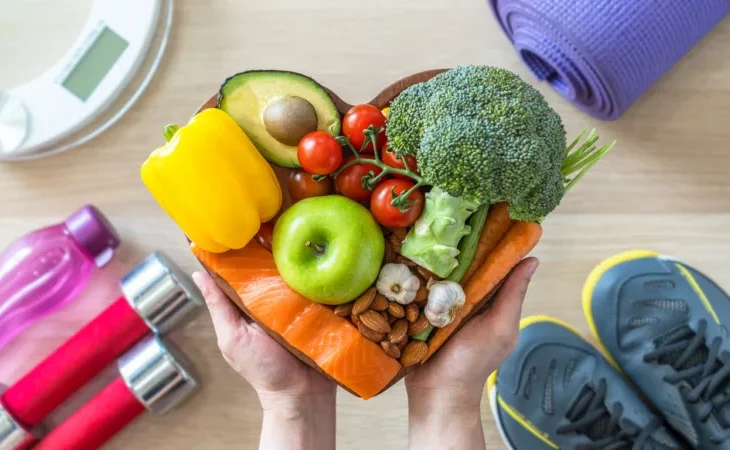Healthy eating is more and more important later in life
Many of our first memories of healthy eating go back to the days of our parents reminding us that “you are what you eat” and then celebrating when we joined “the clean plate club.” But healthy eating has evolved through the years, as has our understanding of what constitutes the healthiest of foods.
MyPlate.gov highlights five food groups : fruits, vegetables, grains, protein foods, and dairy. Fruits, vegetables, and dairy may be self-explanatory, but grains and protein are worthy of a review. MyPlate recommends whole grains, brown rice and whole wheat pasta, which still have their bran and germ. This means the grains have a full complement of dietary fiber, iron, and many B vitamins. MyPlate doesn’t say to eat solely whole grains, but it does recommend that half be whole and half be refined. It also suggests appropriate portions, which generally are smaller for older adults.
Proteins are critical because they function as building blocks for bones, muscles, cartilage, skin, and blood. Additionally, they’re building blocks for enzymes, hormones, and vitamins. While meat, poultry, and eggs immediately jump to mind, proteins also include seafood, beans, peas, lentils, nuts, and seeds. MyPlate recommends lean meat and poultry options, foods such as 93% lean ground beef, pork loin, and skinless chicken breasts. By limiting consumption of processed meat and poultry, one can increase the intake of important nutrients, including unsaturated fats, dietary fiber, and vitamin D. Vegetarians, of course, should focus on beans, peas, lentils, nuts, and seeds for their protein intake.
The consumption of dietary fiber and vitamin D becomes increasingly important as people age. WebMD highlights the benefits of vitamin D, stating that it helps build and maintain healthy bones, but it also improves muscle function, generates brain cells, and provides antioxidants. People over age 65 may be less able to convert sunlight into vitamin D so it becomes critical to consume the appropriate foods. Similarly, fiber is important for older adults, but for different reasons. Fiber is needed to maintain a healthy digestive system, according to WebMD . It can help avoid constipation, high levels of cholesterol, and high levels of blood sugar. Fiber absorbs water during digestion and helps food pass more smoothly through the body.
Healthy eating is front-and-center both on and off the GreenFields campus. GreenFields offers a constantly changing menu of healthy, chef-prepared foods emphasizing fresh, locally sourced ingredients. Registered dieticians with special training in nutrition for older adults oversee every meal. Off-campus, two local fresh food options are the Geneva French Market , held every Sunday, April through November, in the parking lot at the Metra Station, and the Batavia Farmers’ Market with a carefully curated assortment of 50-plus vendors.
The importance of healthy eating takes on added meaning as one ages. But with so many positive benefits-and delicious, creative options at that-it needn’t be a chore to consume a tasty mix of items that we know to be best for our health.



